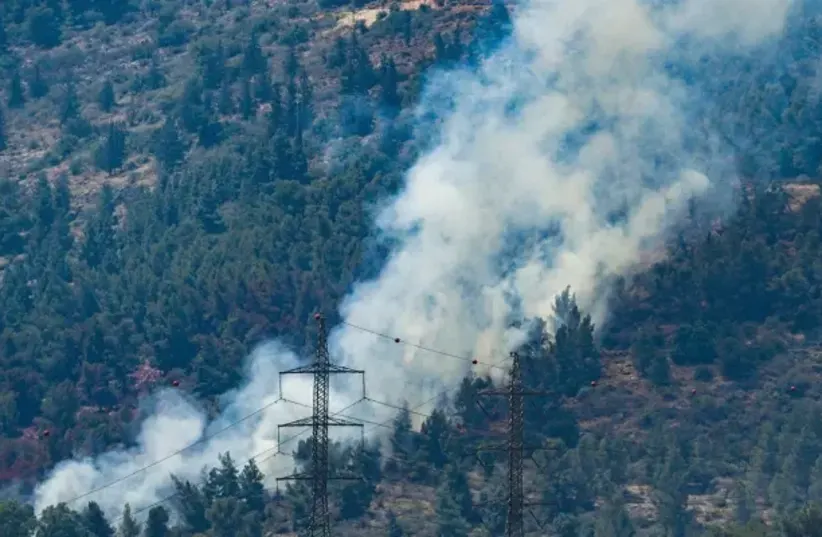The next months in northern Israel will be crucial for its security. However, a trip to the area over several days this week revealed the challenges that Israel is facing. I’ve been to northern Israel many times since the war with Hamas began on ; it was always the second front in the war, the one Israel was attempting to prevent from heating up.
Now, it is in focus because of Hezbollah’s escalations, and also because of the recent fires that have swept the region due to aerial attacks by Hezbollah. The need for Israel to solve this problem is growing incrementally. Evacuating 80,000 people has become a serious challenge, not only for the communities involved but also because of the policy decision.

Israel wants to return the residents, but they won’t return until Hezbollah is removed from the border. I drove to the North on Sunday early in the morning, reaching the areas near the Hula Valley just as the sun rose; it was beautiful. The farms were green and what once had been the swamps of the valley in the 19th century were now criss-crossed with fields.
Hezbollah often attacks some of these areas, either using unguided rockets or precision drones. The road to Kiryat Shmona has become relatively deserted, with just some local traffic that is of necessity, as the road could be hit with rockets or falling shrapnel from interceptions. When I was there, at a coffee shop, there were Iron Dome interceptions overhead.
Reports at the time said that a Hezbollah threat to Ramot N.
















